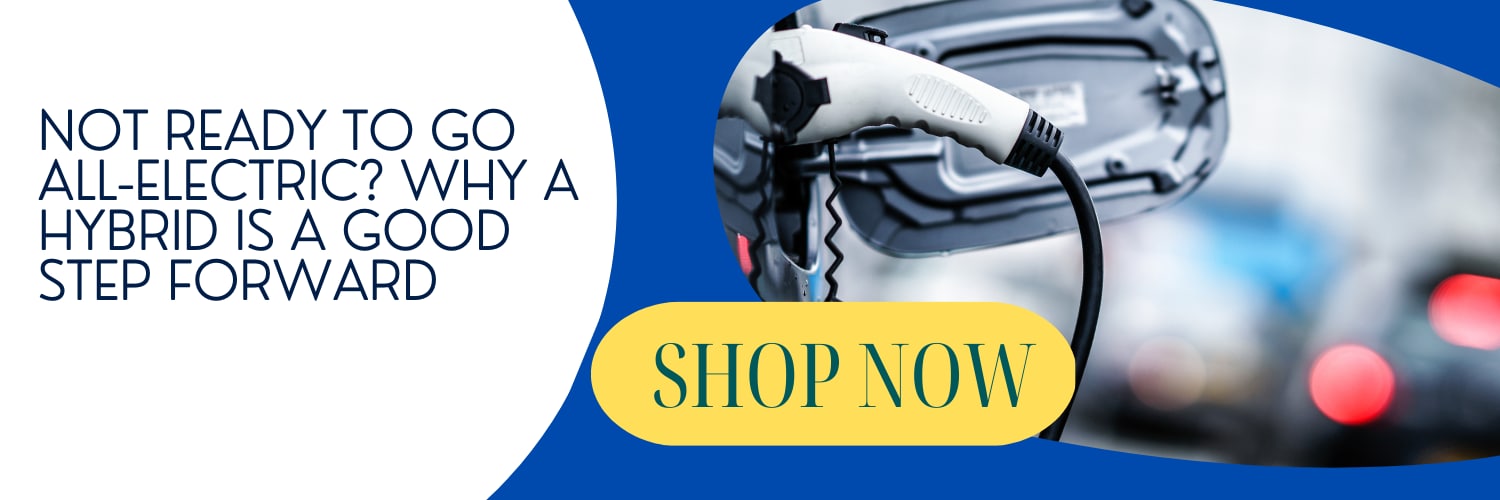
Electrification of mobility is widely regarded as an inevitability. The current US administration has set a 50% electric vehicle target for 2030 as part of a drive to reduce net greenhouse gas emissions by 55%. Consumer behavior and awareness have increased, and people are more accepting of alternative, sustainable mobility modes. Electric vehicle technology has attracted over $100 billion in new investment since 2020 alone.
Challenges to All-Electric Vehicle Adoption
Still, the transition to all-electric vehicles will not be easy for many people. While two-thirds of Oslo’s residents already own an electric vehicle, drivers living in more rural areas of America currently find it much more challenging to move to an all-electric vehicle.
Inadequate charging infrastructure is a significant roadblock for many people. An all-electric future ideally enables the driver to change their vehicle where they usually park, whether at home, at the office, or in multi-storage parking.
Without such charging stations available at convenient places, owners of all-electric vehicles are tied to the range of their cars. The average electric vehicle range has improved immensely—an additional 152% over the past decade. But that still leaves the battery-powered EV only able to travel an average of 217 miles between charges, whereas the average gas vehicle can travel 413 miles.
Hybrid Vehicles as a Stepping Stone
Hybrid vehicles use more than one form of power. In the context of the discussion, petroleum-electric cars have both an internal combustion engine and an electric battery. The battery is charged by the internal combustion engine, and energy is created when the vehicle brakes.
Hybrid vehicles are more efficient than gas-powered vehicles alone. They get better gas mileage, making them more economical to run in the long run while being more environmentally friendly as they run cleaner. Hybrid vehicles reduce our dependence on fossil fuels.
Hybrid vehicles can usually be set into electric-only drives when the engine is starting up or idling. The internal combustion engine kicks in at higher speeds, where it can be most efficient.
The inclusion of an internal combustion engine solves the problem of “range anxiety” listed above. Where owners of all-electric vehicles may stress about traveling distances and where they are going to get the next charge, a hybrid vehicle owner can rest assured that their car will persist over a long distance. There’s always a gas station waiting.
Plug-In Hybrids Give You the Most Options
A plug-in hybrid electric vehicle (PHEV) has an internal combustion engine and an internal battery. They differ from a pure hybrid because they can be plugged in like an all-electric vehicle to charge the battery as needed. Around a third of electric passenger vehicles on the road today are PHEVs.
To get used to the idea of charging your vehicle battery without losing the convenience of an internal combustion engine when you need it, a PHEV can’t be beaten. Otherwise, a standard hybrid vehicle still represents an excellent stepping stone into the world of electric cars.